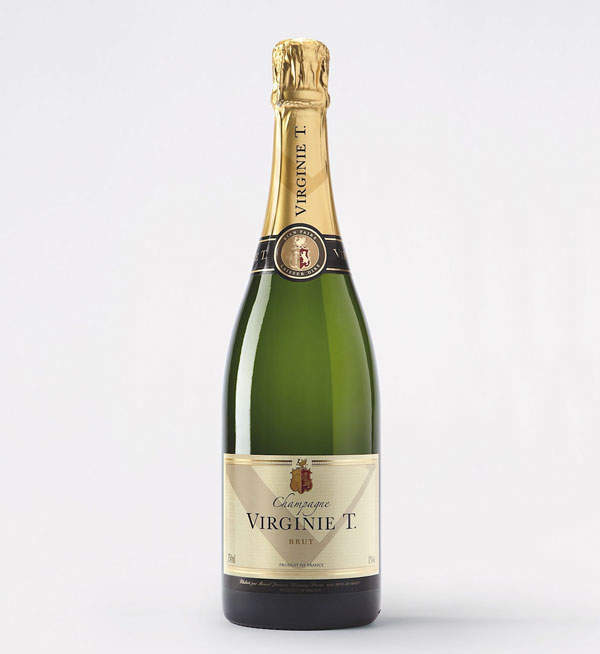

Virginie Taittinger’s champagne may not be noteworthy, but her ambition certainly is. Over a reasonably bland glass of Virginie T, Taittinger, in London to speak at a Chelsea Flower Show event for clients of HSBC Private Bank, tells me about her desire to create a champagne which is equivalent to the grandes marques in quality but more like Net-a-Porter in sales.
‘I can’t do something different in the product,’ Taittinger says, ‘because champagne is champagne, but I can do something different in the distribution way.’ The grandes marques will envy her for her ability to sell directly to the consumer (‘They will dream about that’) while they are hamstrung by intermediaries who control sales to restaurants, bars and beyond.
Read more on the Taittinger family from Spear’s
The idea is certainly there: by avoiding the expensive, time-consuming, complex mechanics of traditional sales channels, Virginie T (if you say the name aloud, it sounds a little unfortunate) can go direct to consumers for a lower price. Taittinger doesn’t need a mass market either: she is currently producing between 100,000 and 150,000 bottles a year. (For comparison, 300,000,000 bottles of champagne are produced annually.)
But her proposition hasn’t quite reconciled with her ambition yet. Her website (virginie-t.com) is rather basic, lacking the slickness or glamour which convinces you that you are making a luxury purchase, and £28 for a bottle of Virginie T brut (for new customers, £35 for others) may be cheap by other standards but isn’t warranted by the glass I had.

If at this point you are wondering why a Taittinger is not selling, well, Taittinger, Virginie used to: for 21 years she was a brand ambassador at her ancestral firm. (Her father is a Taittinger, her mother a Piper Heidsieck, so she practically has champagne fizzing through her veins.) After her cousin bought the firm in 2006, her father stepped down and Virginie went too, though not willingly, she says. The name had to stay too. This left her with the sort of existential question we’d all like to have: ‘What is my taste in champagne?’
Read more on champagne from Spear’s
Such a question I had never asked myself. Champagne, the good champagne, the right champagne, the top of the champagne, was Taittinger because every day was Taittinger, Taittinger. So it’s Taittinger! Champagne was Taittinger for me, there is no other possibility, you understand.’
Most grape-growers in Champagne have signed contracts with the grandes marques, so it’s hard for a new independent firm even to obtain grapes, let alone the best ones, but the financial crisis helped here. After producing 17,000 bottles in 2007, the crisis prompted vineyards whose partners’ demand had collapsed to get in touch with Taittinger and offer her enough grapes and facilities for 150,000 bottles. ‘I was petrified,’ Taittinger says. ‘I’m not sure that my father is going to drink per year 150,000 bottles.’
Taittinger, who says her champagne should work from 10am to 10pm (my normal champagne hours, of course), has made a wine which tastes sweeter than I expected and lacks a stiff backbone, but perhaps this is the intention. When Taittinger talks of her grandmother who would invite guests for tea and serve them champagne at 4 o’clock (‘more like a dessert wine’), the wine’s flavour begins to make more sense.
When I ask if she’s faced hostility from the grandes marques, she says no: ‘I’m not existing for the grandes marques yet.’ But if she can parlay her heritage, her media profile as a former talk-show host and her technical ability into a new, respected brand, people might start to concentrate more on the Virginie and less on the T.
Picture, top, by Claire Pepper






